Fears and Phobias
"Fears" and "phobias" are terms often used interchangeably, but they represent distinct psychological phenomena. Understanding the differences between them is crucial for effectively addressing and overcoming these challenges. Furthermore, adopting appropriate strategies can empower individuals to confront and manage their fears and phobias more effectively.
Fears:
"Fear" is a natural emotional response to perceived threats or dangers. It serves as a protective mechanism, alerting individuals to potential risks and mobilising physiological and psychological resources to cope with them. Fears can vary widely in intensity and duration, ranging from mild apprehensions to intense, overwhelming experiences. Common fears include fear of failure, fear of rejection, fear of public speaking, and fear of heights.
I love this acronym I use when speaking to my clients about fears. F.E.A.R. False Evidence Appearing Real… Got it… False evidence appearing real.
So, the characteristics of fears are:
Adaptive response: Fear is an adaptive response that evolved to help humans survive in threatening situations by triggering the fight-flight or freeze response.
Situation-specific: Fears are often tied to specific situations, objects, or events that are perceived as threatening or dangerous.
Manageable: Most fears are manageable and may diminish over time with exposure or coping strategies.
Contextual: Fears may arise in response to real or perceived threats, but they are generally proportional to the level of danger present.
Phobias:
A phobia is an extreme, irrational, and persistent fear of a specific object, situation, or activity. Unlike common fears, phobias typically elicit intense anxiety or panic responses, even in the absence of immediate danger. Phobias can significantly impair daily functioning and quality of life, leading individuals to avoid situations or experiences associated with their phobic triggers.
So let’s talk about spiders specifically arachnophobia. I think this will highlight the difference between a fear and a phobia.
So what are the characteristics of phobias:
Irrationality: Phobias are characterised by irrational fears that persist despite the absence of real danger or threat.
Extreme anxiety: Phobic responses often involve intense anxiety or panic symptoms, such as rapid heart rate, sweating, trembling, and avoidance behaviours.
Avoidance: Individuals with phobias may go to great lengths to avoid encountering their phobic triggers, which can interfere with their ability to engage in normal activities or social interactions.
Impact on daily life: Phobias can significantly impair daily functioning and quality of life, leading to social isolation, occupational difficulties, and emotional distress.
So how do you overcome fears and phobias?
While fears and phobias can be distressing and challenging to overcome, various therapeutic approaches and self-help strategies can help individuals confront and manage them effectively.
Strategies for overcoming fears and phobias:
Gradual exposure: Gradual exposure to feared situations or stimuli, also known as systematic desensitisation, can help individuals build tolerance and reduce anxiety over time. Personally, on this one, I think, why??? Why would you put yourself in a position of fear, gradual or otherwise???
Cognitive restructuring: Identify and challenge negative or irrational thoughts associated with fear, replacing them with more rational and adaptive beliefs. Now you’re talking because this works really well in hypnosis.
Mindfulness-based approaches: Mindfulness practices can help individuals cultivate present-moment awareness and develop greater tolerance for uncomfortable emotions and sensations associated with phobic triggers.
Relaxation techniques: Practice relaxation techniques such as deep breathing, progressive muscle relaxation, and mindfulness meditation to reduce physiological arousal and anxiety levels.
Seek support: Reach out to supportive friends, family members, or mental health professionals for guidance and encouragement in confronting fears and developing coping strategies.
And finally, self-compassion: Be kind and compassionate towards yourself, acknowledging that it's natural to experience fear and that it does not define your worth or capabilities. If you’re going to beat yourself up, use a feather.
Conclusion:
While fears and phobias may evoke similar emotional responses, they differ in terms of intensity, irrationality, and impact on daily functioning. While common fears are often manageable and context-specific, phobias involve extreme, irrational fears that can significantly impair individuals' lives. Overcoming fears and phobias requires a combination of therapeutic interventions, self-help strategies, and support systems. By challenging distorted beliefs and developing coping skills, individuals can reclaim control over their lives and experience greater freedom and fulfilment. Seeking professional guidance from a qualified therapist can provide personalised support and guidance on the journey to overcoming fears and phobias.
Just remember this, we’re only born with 2 fears. The fear of loud noises and the fear of falling. Everything else is learned behaviour. Do you know the great thing about learned behaviour… it can be unlearned.
